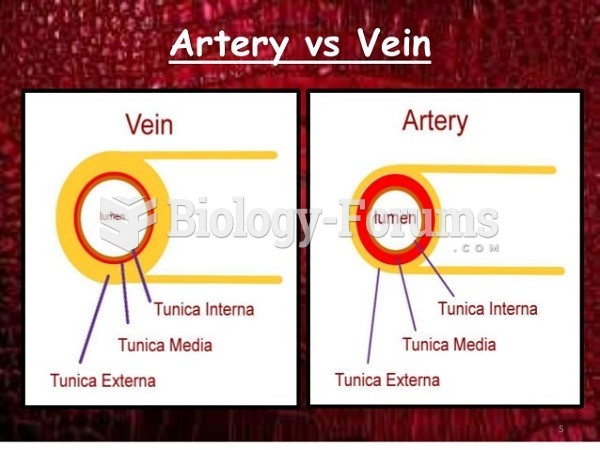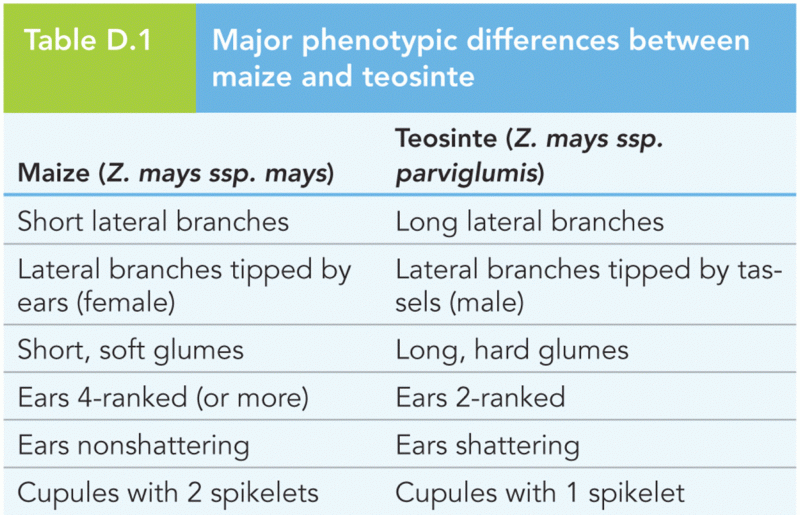Answer to Question 1
IGOs include such agencies as the United Nations (UN), the World Trade Organization (WTO), and the European Union (EU). INGOs include organizations like Amnesty International, the International Red Cross, or Greenpeace. Some suggest that IGOs and INGOs are increasingly replacing states' political functions and binding states' hands to unaccountable international organizations, limiting their autonomy to control their own territory and people. However, although the traditional boundaries between domestic and international politics are weakening, one should not exaggerate globalization's political consequences. Evidence does not suggest that increased international cooperation means the end of state sovereignty, but merely that states must increasingly work with other states, IGOs, and INGOs to address political and economic challenges.
Answer to Question 2
Some constitutionssuch as those of France or Japanare unitary systems, which means that the central government has veto power over the decisions of subnational (regional or municipal) governments. Yet other countries' constitutions, such as those of Germany, India, Mexico, and Nigeria, are federal systems. In federal systems, the constitution grants two or more governmentsfor example, a state or provincial government as well as the national government overlapping authority over the same group of people or the same piece of territory. Federal constitutions tend to disperse political power away from the central government, while unitary constitutions tend to concentrate political power in the hands of the national government of the day.
The balance of power between the executive and legislative branches of government varies with different democratic constitutions. The legislature is typically the body charged with making laws, while the executive is responsible for implementing the laws. Presidential systems fragment political power by having voters directly elect a legislature as well as an executive, the president. Examples of presidential systems include Mexico andwhen it is operating as a democracyNigeria.
In contrast to presidential systems, in which citizens directly elect both the executive and the legislative branches of government, parliamentary systems tend to concentrate political power because voters only elect a legislature. Under this system, the legislature (parliament) itself elects the executive to head the government a prime ministerfrom among its members. The UK, Germany, and India are examples of parliamentary systems.
Finally, in semi-presidential systems, voters elect both a president and a legislature, but the legislature then also elects a prime minister, who is accountable both to the parliamentary majority as well as to the president. In such systems, the president and prime minister must share executive authority. France and Russia (if it were to become democratic) are examples of semi-presidential systems. As the name implies, semi-presidential systems combine attributes of both parliamentary and presidential systems. The formal distribution of power in such systems can vary a great deal, but semi-presidential systems tend to concentrate power in the hands of the president.







